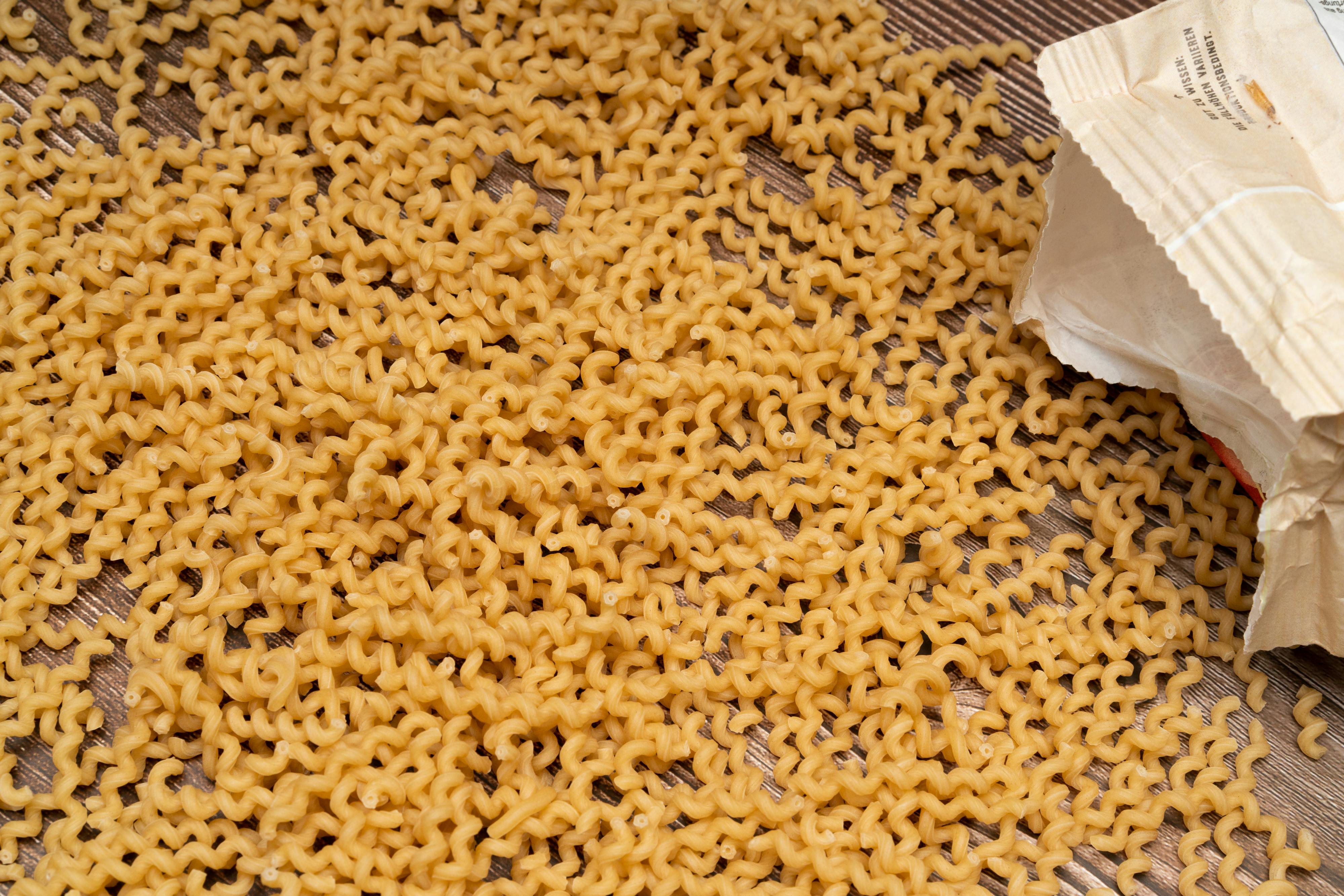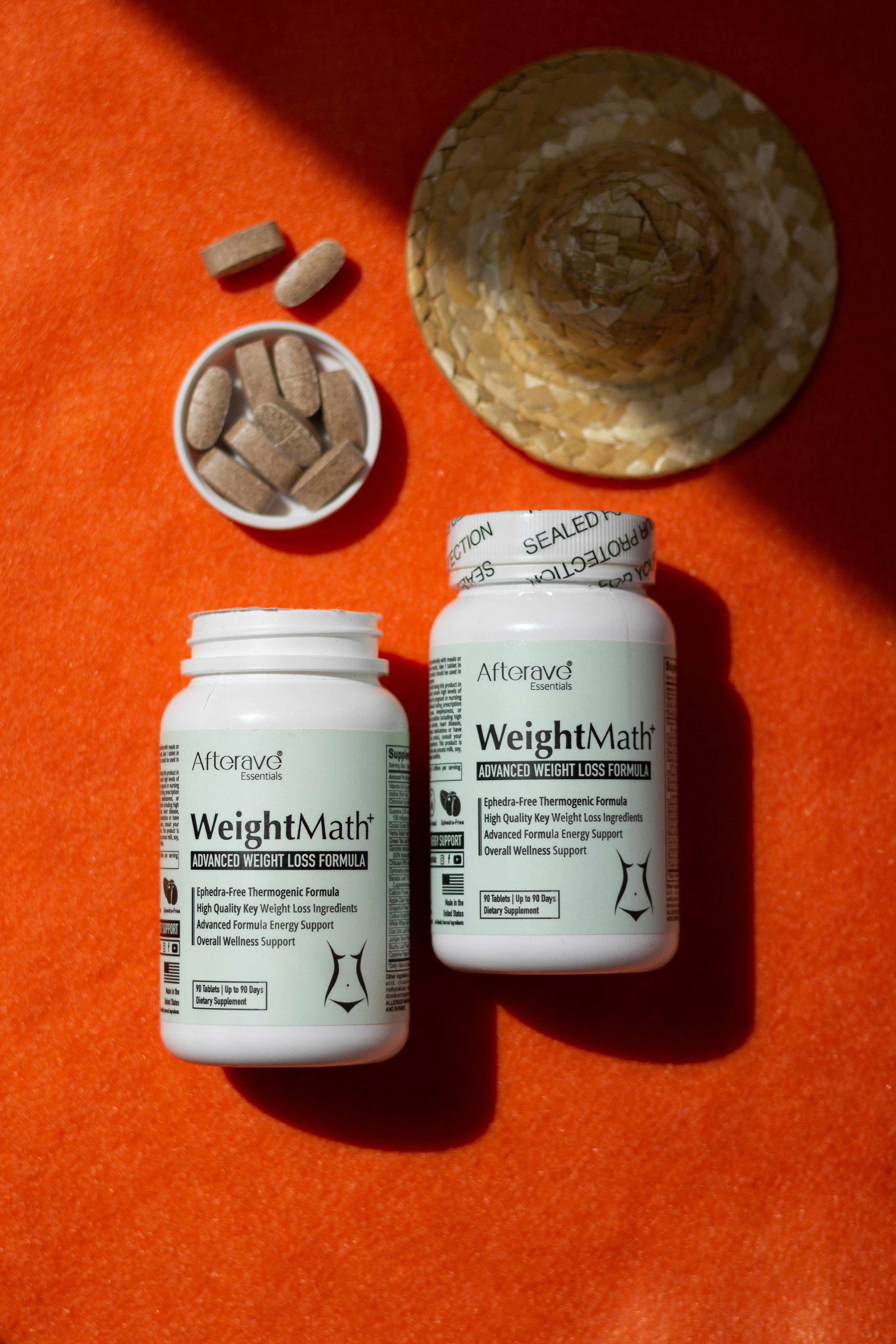Apply Now
Effective Ways to Store Lard for Long-lasting Freshness
Lard, a popular cooking fat derived from pig fat, has been used in kitchens for centuries. Not only does it impart a rich flavor to dishes, but it also offers various health benefits. However, with proper handling and storage techniques, its freshness can last much longer. In 2025, as culinary practices evolve and modern cooking techniques are adapted, learning how to store lard efficiently has never been more crucial. This article will explore effective methods to ensure your lard remains fresh and safe for use, focusing on its shelf life, signs of spoilage, and best storage practices to maintain the quality of lard over time.
Understanding lard’s shelf stability and proper storage can prevent frustrating waste and lead to delicious culinary creations. In this article, we’ll cover essential tips such as how to store lard correctly, recognize bad lard, and ensure its quality persists. By implementing these storage techniques, you can maximize lard's longevity and enjoy its culinary applications for an extended period.
Understanding Lard and Its Shelf Life
Lard has a relatively long shelf life, but factors such as storage conditions play a crucial role in its longevity. Generally, lard can last up to a year when stored correctly in a cool and dark place. However, different types of lard, such as rendered or unrendered, can exhibit varying shelf lives. Rendered lard has undergone a process of heating, which removes moisture and many impurities, leading to a longer lifespan compared to unrendered versions.
Though lard is known for its shelf stability, exposure to heat or light can significantly reduce its quality. As such, storing lard in airtight containers, away from sunlight, can greatly enhance its longevity. Understanding how lard layers of preservation and its environment impact its shelf life is essential for both home cooks and professional chefs alike.
Optimal Storage Conditions for Lard
To maintain the high quality of lard, it is essential to store it in optimal conditions. Keep lard in a sealed, airtight container to prevent oxidation and moisture absorption. Glass jars are excellent choices due to their non-reactive nature, while plastic containers can also be used if they are food-safe. If you’re storing lard in bulk, vacuum sealing can protect it from contaminants.
The ideal storage temperature for lard ranges from refrigeration (below 40°F) to room temperature (around 70°F). In warmer climates, it’s advisable to refrigerate lard to preserve its quality. Additionally, if you opt to freeze lard, it can maintain its freshness for up to a year without losing taste or texture. Always label containers with the storage date for better tracking of the lard's freshness.
Signs of Bad Lard: How to Recognize Spoilage
Recognizing when lard has gone bad is essential for maintaining health and safety in the kitchen. Fresh lard typically has a pleasant clean aroma, light color, and smooth texture. However, signs of bad lard include off smells, discoloration, and an overly grainy or watery texture. A rancid smell is an immediate indicator that lard has spoiled, resulting from oxidation and fat breakdown.
If you are unsure about the quality of lard, conducting a lard smell test is a simple first step. If the lard emits any unpleasant or sour scents, it's best to discard it. Additionally, consider the lard's storage conditions and expiration date. Even if lard appears visually intact, improper handling can lead to spoilage that’s not immediately detectable. Therefore, always assess lard using its visual, olfactory, and textural cues.
Health Risks of Consuming Bad Lard
Using spoiled lard poses several health risks that must not be ignored. Rancid lard can harbor harmful bacteria and produce compounds that may lead to food poisoning. Consuming bad lard has been associated with digestive issues, nausea, and other gastrointestinal discomforts. To ensure safe cooking practices, pay close attention to lard quality before use.
Moreover, stale lard can impact the flavor profile of your dishes, resulting in unsatisfactory culinary experiences. If you're cooking for guests or family, it’s crucial to prioritize lard quality to guarantee delicious meals. By routinely checking your lard’s freshness and proper storage, you can effectively avoid the unnecessary health risks associated with consuming spoiled lard.
Using Lard After Expiry: Is It Safe?
While lard can still be usable past its expiration date if it has been stored properly, caution must always be exercised. Expired lard may display minor but noticeable signs of degradation, which can affect its flavor and performance in cooking. Environmental conditions such as temperature fluctuations, humidity, and exposure can severely impact lard even before its expiration.
If lard appears to have minor texture changes or a faint odor, a taste test can determine its usability. However, if any doubt remains regarding its quality, it's best to discard the lard to ensure safety. Effective food safety practices emphasize always erring on the side of caution with expired products, allowing for perfect culinary results without compromises.
Best Practices for Maintaining Lard Quality
Now that we’ve covered the fundamentals of lard storage and spoilage, let’s explore best practices that can help maintain lard quality over time. Awareness of the affects of heat, proper usage recommendations, and suitable kitchen techniques can enhance your experiences when working with lard.
Understanding the Impact of Heat on Lard
Heat exposure negatively impacts lard, causing it to degrade quicker than it would in cooler environments. When cooking with lard, it's critical to manage temperatures effectively. Use mediums ranging between 300°F and 350°F to achieve optimal cooking without compromise to lard quality. Avoid overheating lard in frying situations, as excessive heat can yield undesirable flavors and decrease its nutritional properties.
When melting lard, opt for low to medium heat to ensure even consistency. Being aware of the lard cooking temperature and how prolonged exposure to heat alters its quality will lead to better culinary outcomes and extend the lifecycle of your lard.
Lard Storage Tips for Extended Freshness
Apply these lard storage tips to ensure freshness extends beyond typical expectations. Keep lard in a designated area of your kitchen where temperature remains stable. Whenever possible, use small, labeled containers that help prevent contamination from repeated exposure through frequent handling or use.
Often, utilizing smaller quantities of lard for forthcoming recipes can simplify its usage while ensuring portions remain fresh. Additionally, consider purchasing lard in bulk if you regularly require it in cooking. Always handle lard with clean utensils, avoiding any water or food particles that could lead to lard contamination and spoilage.
Quality Indicators for Lard: Best Practices
It's essential to identify quality indicators before purchasing or using lard. Opt for lard with a clean white or slightly yellow color, devoid of any additives or preservatives. When shopping for lard, focus on trusted brands providing organic or natural lard options that promise quality with minimal processing.
Also, familiarize yourself with the source of your lard. Whether it's derived from pasture-raised or sustainably-farmed animals, understanding the origin can influence the overall quality. Using lard from reputable sources not only secures better-quality culinary fat but aligns with sustainable practices.
Frequently Asked Questions About Lard Storage
To further assist in the storage and use of lard, we’ve compiled a Q&A section to address commonly raised inquiries from culinary enthusiasts.
How long does lard last in the refrigerator?
Lard typically lasts for about six months to a year when stored properly in the refrigerator. It’s optimal to ensure that the container is tightly sealed to maintain freshness and prevent moisture from entering.
Can you freeze lard, and how long does it last?
Yes, you can freeze lard! When frozen, lard retains its quality for up to a year. Vacuum-sealing is highly recommended for long-term storage, while smaller containers are ideal for regular kitchen use.
What are signs that lard has spoiled?
Spoiled lard may exhibit an off smell, discoloration, or a change in texture. If lard becomes overly grainy or has a sour odor, it should be discarded immediately to avoid any health risks.
Is it safe to cook with old lard?
While it may be safe to cook with old lard as long as it doesn't show obvious signs of spoilage, always err on the side of caution. A taste test or smell assessment is recommended before use.
What are the benefits of using lard in cooking?
Lard is high in monounsaturated fats, beneficial for heart health, offers a unique flavor profile, and has a high smoke point. These qualities make it a versatile choice for frying, baking, and more!




